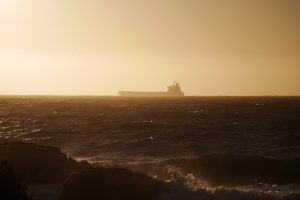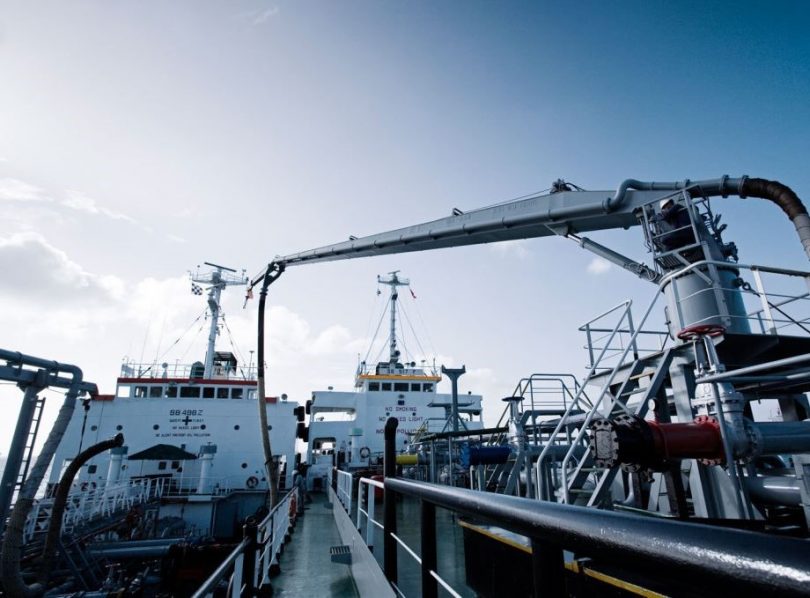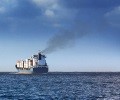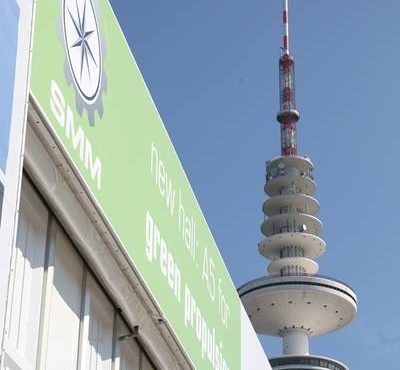2020 Sulphur Cap: Likely Teething Troubles
There is still a cloud of uncertainty with regard to the implementation of the 2020 global sulphur cap for ships, however, one thing is certain, huge amounts of money will be required for the shipping industry to switch to compliant fuels.
In less than two years, all ships trading outside of sulphur Emission Control Areas (ECAs) will be required to use fuel with a sulphur content of up to 0.5 pct, a considerable reduction from the currently permitted maximum of 3.5 pct.
The new requirement has given rise to the speculation that some owners and operators might purposely decide not to comply with the requirement, paving the way for market distortion due to unfair competition.
The International Chamber of Shipping (ICS) believes there is no reason to think that there will be anything other than full compliance by the vast majority of shipping companies.
The Chamber drew a parallel with the previous experiences with the implementation of ECAs, saying that there was little evidence of deliberate non-compliance, adding that the few non-conformities identified were due largely to technical problems during the fuel switchover.
“However, implementation of the global cap – including ensuring uniform compliance in trades away from major shipping lanes – is likely to prove far more complicated, especially if compliant fuels are in short supply and there is indeed a significant price spike in 2020,” ICS said.
Bunker industry: sufficient quantities of compliant fuels will be available in 2020
In theory, a ship registered with a flag state that is not a party to MARPOL Annex VI and which trades to a port located in another non-party, could potentially have evaded compliance.
But with the carriage ban proposed by the industry, any such ship can now be inspected for compliance as soon as it enters the majority of Port States which are signatories to the global cap. These states can then apply the IMO principle of ‘no more favorable treatment’, whereby compliance can still be checked even if the flag state has not yet ratified Annex VI.
Data about any non-compliance will then be published by regional PSC authorities, exposing the vessel to further targeted inspections and reducing the ship’s ability to secure future charters, ICS explained.
Nevertheless, there are other preparatory and transitional issues that need to be urgently addressed before January 2020, including the use of Fuel Oil Non Availability Reports (FONAR) and the development of standards for the new 0.5% fuels that might be used to comply with the sulphur cap.
“Disappointingly, however, it seems that the International Organization for Standardization (ISO) is not expected to complete the development of these important standards until sometime after 2020,” ICS added.

Availability of compliant fuel
There seems to be growing consensus within the bunker industry that sufficient quantities of compliant fuels will be available, although they are likely to be expensive.
Even so, there could be an initial period of ‘teething problems’ when compliant fuel might not always be available in every port until it can be shipped in from elsewhere.
This is more likely to be a problem for ships in tramp trades which call at many more port destinations which are not always known in advance, according to ICS. But if 0.5% sulphur fuel is not available in every port worldwide, ships will still be required to use other compliant fuels such as 0.1% distillate.
It is currently understood that perhaps about half of the low sulphur fuels that will be available in 2020 may have a sulphur content of 0.5% – many being blends of distillate and residual fuels – with the remainder being 0.1% fuels as currently used in ECAs.
Although opinions differ, it is possible that the price differential between 0.5% and 0.1% fuel could, in fact, be relatively small, ICS said.
Concerns have also been raised about fuels, including blends, which will be compliant with the 0.5% sulphur limit but which may differ in their composition from supplier to supplier and port to port, potentially leading to compatibility and mechanical problems.
Speaking of alternative compliance options, ICS said that even though the use of LNG and scrubbers is predicted to increase, especially after 2020, for the immediate future this will only involve a small percentage of the fleet, with the vast majority of ships expected to comply by using low sulphur fuel oil.
Source: Worldmaritimenews.com




